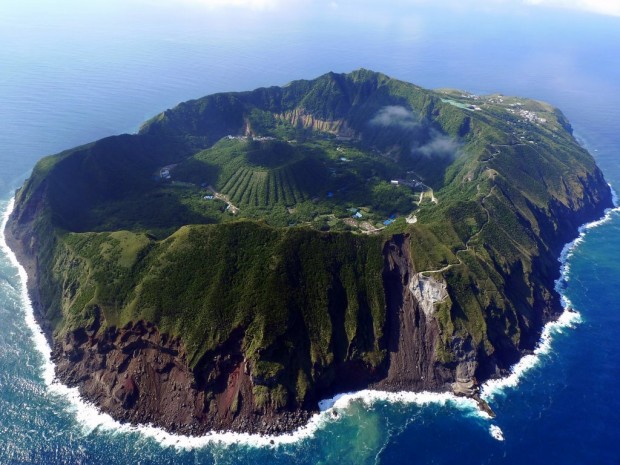World s Most Amazing Pictures Definition
Sources(Google.com.pk)
A•maz•ing
adj.
causing great surprise or sudden wonder
"Photographic" redirects here. For other uses, see Photography (disambiguation).
Photography (derived from the Greek photos- for "light" and -graphos for "drawing") is the art, science, and practice of creating durable images by recording light or other electromagnetic radiation, either chemically by means of a light-sensitive material such as photographic film, or electronically by means of an image sensor.[1] Typically, a lens is used to focus the light reflected or emitted from objects into a real image on the light-sensitive surface inside a camera during a timed exposure. The result in an electronic image sensor is an electrical charge at each pixel, which is electronically processed and stored in a digital image file for subsequent display or processing.
The result in a photographic emulsion is an invisible latent image, which is later chemically developed into a visible image, either negative or positive depending on the purpose of the photographic material and the method of processing. A negative image on film is traditionally used to photographically create a positive image on a paper base, known as a print, either by using an enlarger or by contact printing.
Photography has many uses for business, science, manufacturing (e.g. photolithography), art, recreational purposes, and mass communication.
The snapshot—taken by astronauts on December 7, 1972, at 5:39 a.m. EST (10:39 UTC)—is one of the most widely distributed photographic images in existence.[2] The image is one of the few to show a fully illuminated Earth, as the astronauts had the Sun behind them when they took the image. To the astronauts, Earth had the appearance and size of a glass marble, hence the name.
The first success of reproducing images without a camera occurred when Thomas Wedgwood, from the famous family of potters, obtained copies of paintings on leather using silver salts. Since he had no way of permanently fixing these reproductions (stabilizing the image by washing out the non-exposed silver salts), they would turn completely black in the light and thus had to be kept in a dark room for viewing.
Renaissance painters used the camera obscura which, in fact, gives the optical rendering in color that dominates Western Art. The camera obscura literally means "dark chamber" in Latin. It is a box with a hole in it which allows light to go through and create an image onto the piece of paper.
The camera has a long and distinguished history as a means of recording phenomena from the first use by Daguerre and Fox-Talbot, such as astronomical events (eclipses for example), small creatures and plants when the camera was attached to the eyepiece of microscopes (in photomicroscopy) and for macro photography of larger specimens. The camera also proved useful in recording crime scenes and the scenes of accidents, such as the Wootton bridge collapse in 1861. The methods used in analysing photographs for use in legal cases are collectively known as forensic photography.
By 1853, Charles Brooke had invented a technology for the automatic registration of instruments by photography. These instruments included barometers, thermometers, psychrometers, and magnetometers, which recorded their readings by means of an automated photographic process.[34]
Photography has become ubiquitous in recording events and data in science and engineering, and at crime scenes or accident scenes. The method has been much extended by using other wavelengths, such as infrared photography and ultraviolet photography, as well as spectroscopy. Those methods were first used in the Victorian era and developed much further since that time.
A 'Blue Marble' image of the Earth taken from the VIIRS instrument aboard NASA's most recently launched Earth-observing satellite - Suomi NPP. This composite image uses a number of swaths of the Earth's surface taken on January 4, 2012. The NPP satellite was renamed 'Suomi NPP' on January 24, 2012 to honor the late Verner E. Suomi of the University of Wisconsin.
Suomi NPP is NASA's next Earth-observing research satellite. It is the first of a new generation of satellites that will observe many facets of our changing Earth.
Suomi NPP is carrying five instruments on board. The biggest and most important instrument is The Visible/Infrared Imager Radiometer Suite or VIIRS.
World s Most Amazing Pictures

World s Most Amazing Pictures

World s Most Amazing Pictures

World s Most Amazing Pictures

World s Most Amazing Pictures

World s Most Amazing Pictures

World s Most Amazing Pictures

World s Most Amazing Pictures

World s Most Amazing Pictures

World s Most Amazing Pictures

World s Most Amazing Pictures

World s Most Amazing Pictures

World s Most Amazing Pictures

World s Most Amazing Pictures

No comments:
Post a Comment